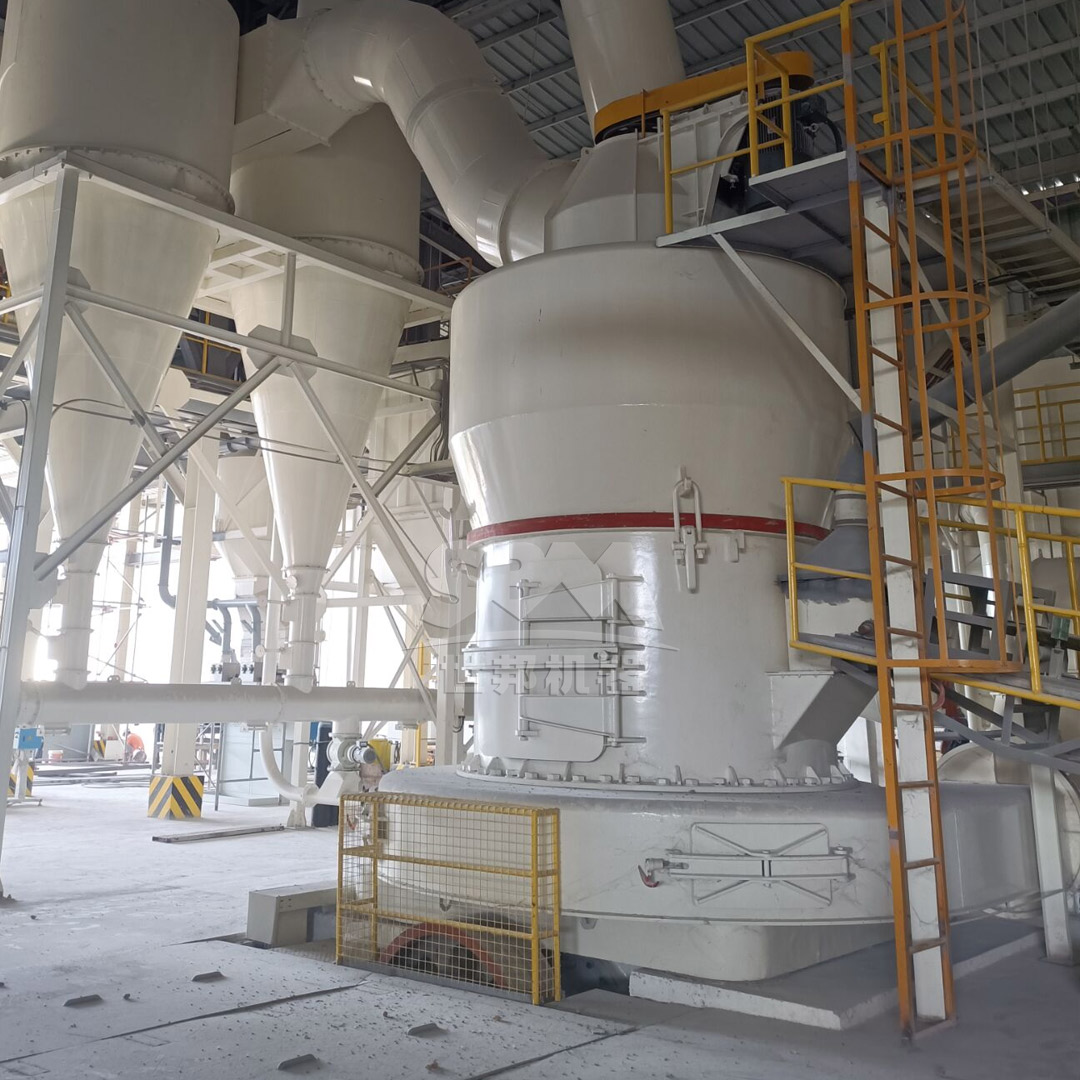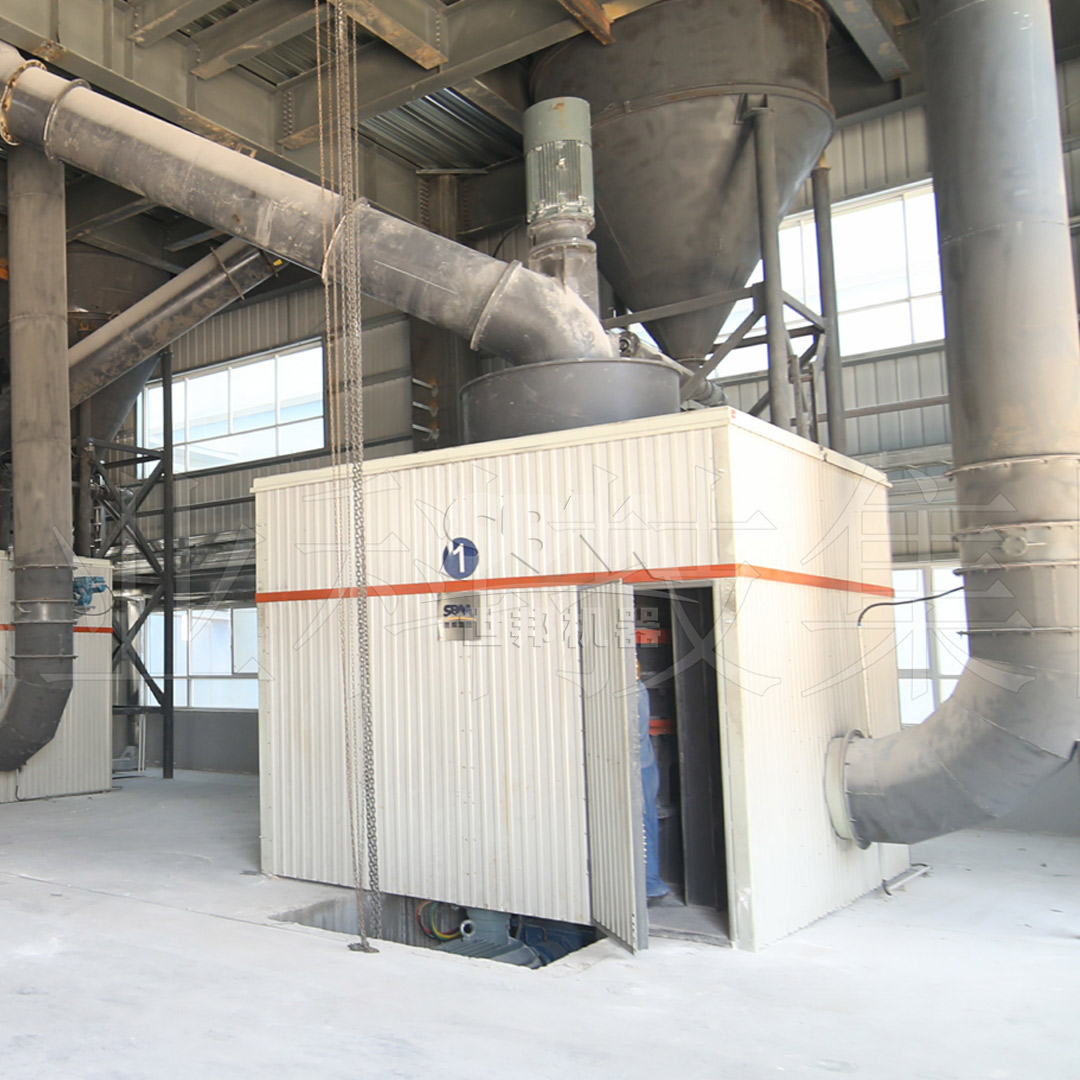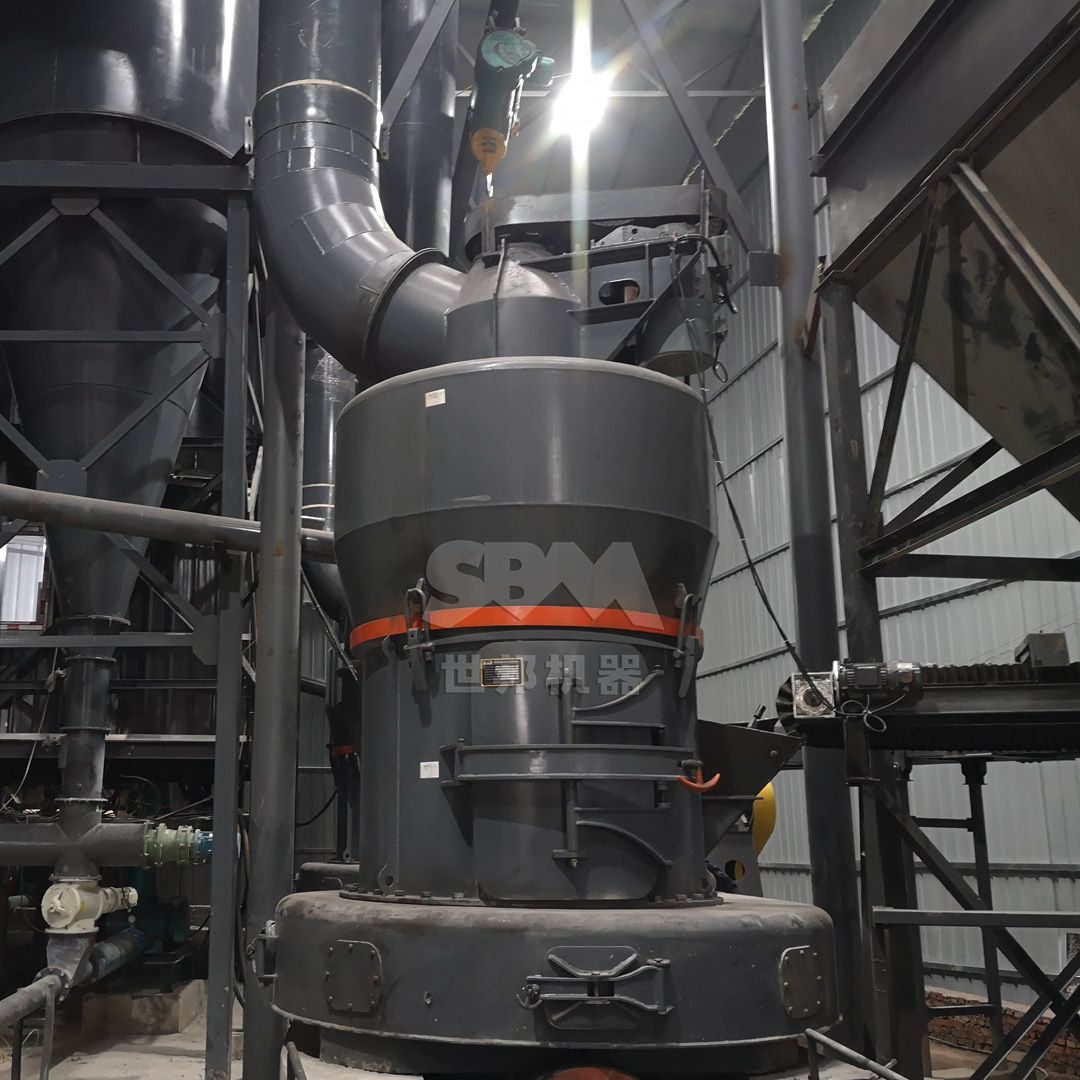The glass and optical manufacturing industries are built upon a foundation of precision and purity. The quality of raw materials directly dictates the clarity, strength, and performance of the final product. Among these materials, high-purity calcite powder is indispensable. It serves as a crucial fluxing agent in glass production, lowering the melting temperature and improving the chemical durability and transparency of the glass. In optical applications, the consistency and fineness of calcite powder are paramount for producing lenses, prisms, and other components with minimal light scattering and optimal refractive properties.
However, transforming raw calcite ore into a consistent, ultra-fine powder suitable for these high-tech applications presents significant challenges. The milling process must achieve a precise particle size distribution (PSD), often down to the micron level, while maintaining chemical purity by avoiding iron contamination from wear parts. Furthermore, the process must be energy-efficient, environmentally compliant, and economically viable to meet the demanding standards of modern manufacturing.

To overcome these challenges, manufacturers are moving beyond conventional crushing and ball milling techniques. The industry now leverages advanced grinding technologies designed specifically for mineral processing, offering superior control, efficiency, and output quality.
Modern mills integrate grinding and classification into a single, streamlined system. The material is ground by rollers against a stationary table, and a built-in dynamic classifier immediately separates particles by size. This closed-loop system ensures only particles that meet the target fineness exit the mill, while oversize material is continuously recirculated for further grinding. This process is far more efficient than open-circuit ball milling, which has no mechanism to prevent over-grinding of already-fine particles—a significant waste of energy.
For applications demanding the absolute finest and most consistent calcite powders, the SCM Ultrafine Mill represents a technological leap forward. This mill is engineered to produce powders in the range of 325-2500 mesh (D97 ≤5μm), making it an ideal solution for high-end glass and optical manufacturing.

The SCM series stands out due to its core technological advantages:
| Model | 处理量 (Throughput) (ton/h) | 主电机功率 (Main Motor Power) (kW) | 入料粒度 (Feed Size) (mm) | 成品细度 (Finished Product Fineness) (mesh) |
|---|---|---|---|---|
| SCM800 | 0.5-4.5 | 75 | ≤20 | 325-2500 |
| SCM900 | 0.8-6.5 | 90 | ≤20 | |
| SCM1000 | 1.0-8.5 | 132 | ≤20 | |
| SCM1250 | 2.5-14 | 185 | ≤20 | |
| SCM1680 | 5.0-25 | 315 | ≤20 |
For operations requiring high capacity in a slightly coarser range, the MTW Series Trapezium Mill is an excellent workhorse. Capable of handling feed sizes up to 50mm and producing powders from 30-325 mesh (up to 0.038mm), it offers robust performance for a wide array of industrial mineral applications, including the initial size reduction stages for calcite.
Its key features include a wear-resistant shovel design with combined blades for reduced maintenance, an optimized curved air channel to minimize energy loss, and an efficient integral transmission with bevel gears achieving 98% transmission efficiency. The MTW series is designed for reliability and high-volume production, making it a cornerstone for many processing plants.
Choosing between an ultrafine mill like the SCM series and a trapezium mill like the MTW series depends on the specific requirements of the end product.

In the competitive landscape of glass and optical manufacturing, the quality of raw materials is a non-negotiable differentiator. Investing in advanced milling technology is not merely an equipment purchase; it is a strategic decision to enhance product quality, improve production efficiency, reduce operational costs, and minimize environmental impact.
Technologies like the SCM Ultrafine Mill provide manufacturers with the capability to produce superior-grade calcite powder that meets the most stringent specifications. By ensuring a contaminant-free, consistently fine, and uniform product, these mills empower companies to push the boundaries of innovation in glass and optical products, securing a leading position in the high-tech market.